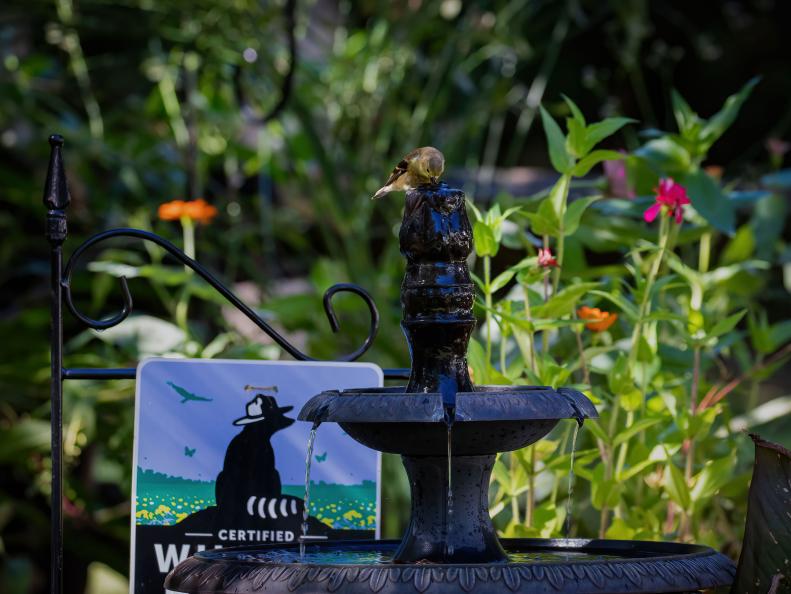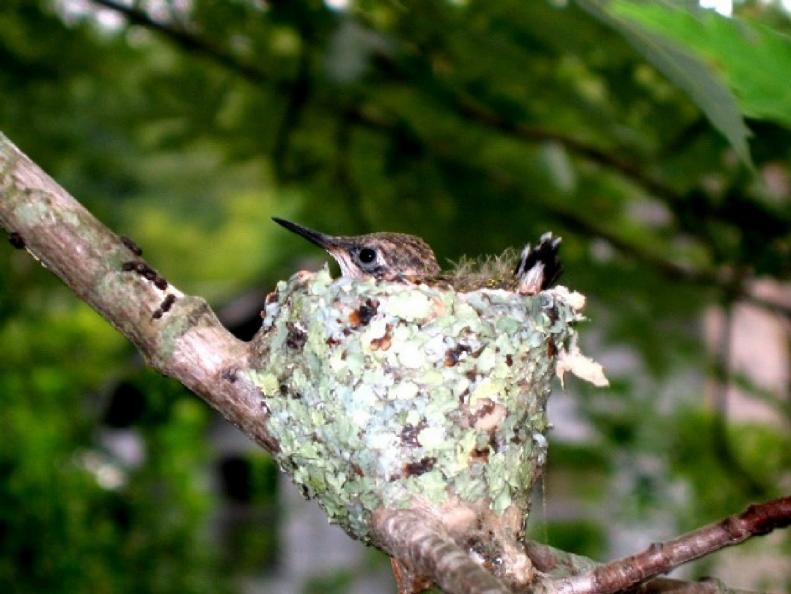What Makes a "Habitat"
The National Wildlife Federation, which has been helping US wildlife survive and thrive since it was founded in 1936, has been certifying individual gardens and yards as Wildlife Habitats since 1973, says Mary Phillips, head of the nonprofit organization’s Garden for Wildlife program, which issues the certifications. “To have your property certified, you need to commit to five elements,” she says: food, water, cover, places to raise young, and sustainable practices. To date, the organization lists 265,000 certified Wildlife Habitats across the US, and the program continues to grow. The organization has developed a new program, Plant With Purpose, offering collections of native plants customized by region that benefit wildlife. The program is currently available to gardeners in the Northeast, Mid-Atlantic and parts of the Midwest, and plans to expand to other regions in the near future. “People are still really committed to this,” Phillips says. “We are thrilled to see that.” Ready to get your garden certified? Here’s how…









